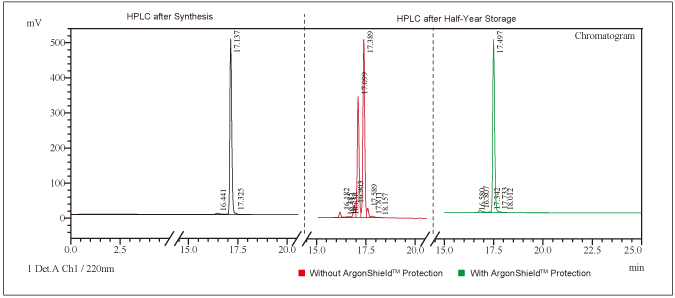DO's and DONT's of Peptide Solubility
|
For all peptides
|
|
|---|---|
|
For peptides containing Cys, Met, or Trp residues
|
|
|
For peptides containing Asp, Glu, Lys, Arg, or His
|
|
|
For peptides that must be stored in solution
|
|








































